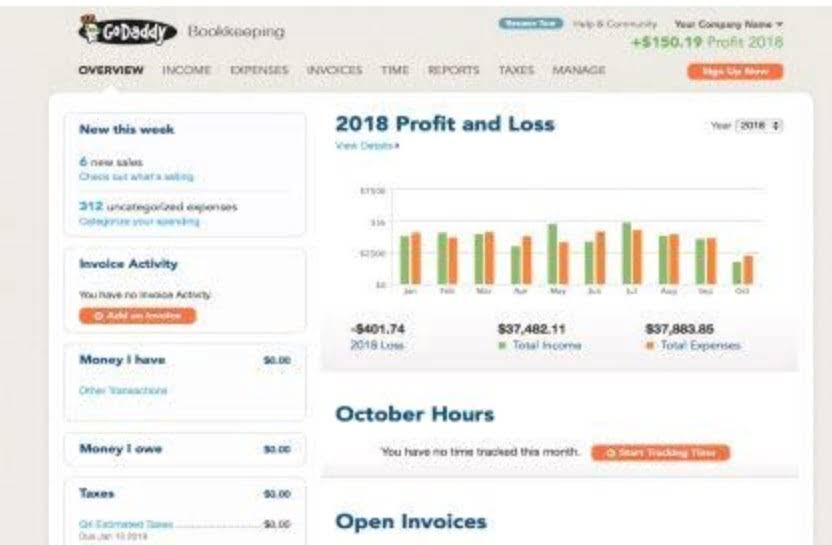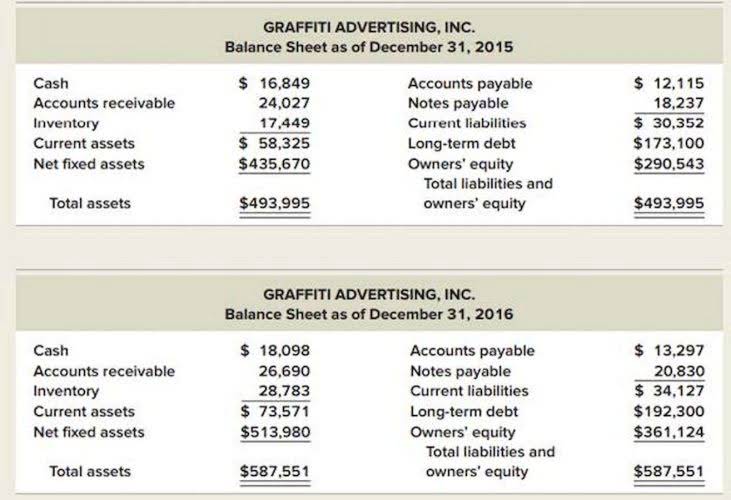
The “contract sum to date” is the original contract price (from line 1) combined with the net change by change orders from line 2. To get this figure, add line 2 to line 1 (if line 2 is a negative number, adding it to line 1 will reduce the total amount). A change order is an agreement Bookstime to add or deduct work, made between you and the party that hired you. It happens on almost every project since construction rarely goes exactly as planned. If you’re using standard AIA documents on your project, see our guide to the AIA G701 Change Order form.
Automated Retainage Calculation and Transfer to AIA G702 & G703 Forms

Multiply line 5a by the total work completed, then multiply line 5b adjusting entries by the total value of materials stored and add them up. That number is the full amount of retainage that is withheld through the current application. Since each progress payment needs to be accounted for, this process can quickly become convoluted and impact the overall contract value. This helps ensure that retainage is released on time and all payments are accurately accounted for.
AIA G702-1992: Application for Payment
- It shouldn’t include any disputed claims, change orders, or any other amounts.
- As the world of construction technology grows, the way data gets exchanged between solutions becomes increasingly complex.
- In the blank next to the dollar sign, you need to write down the dollar value of retention that applies to your completed work.
- Review project information, retainage percentages, timelines, and schedules.
This document must be signed by the Contractor and notarized prior to submission. Save hours each month on efficient progress billing and better focus on projects. Inaccurate Progress PercentagesOverestimating or underestimating work completed can disrupt cash flow and erode trust.
Retainage vs. Retention #
The G701 provides space for a complete description of the change and for the signatures of the Owner, Architect and Contractor. If the application is properly completed and acceptable to the Architect, the Architect’s signature certifies to the Owner that a payment in the amount indicated is due to the Contractor. This form allows the Architect to certify an amount different than the amount applied for, with any necessary explanations provided by the Architect. Keep track of what’s been paid vs. what’s been earned and invoiced (applied for). Once you’ve completed the G-702, combine it with the rest of your payment application and submit it to the GC.
Construction Punch Lists Explained
- Subcontractors will use it to request payment from a general contractor; and a general contractor will use it to request payment from the owner.
- This is where the subcontractor will provide all of the basic information about the project.
- This section is where all the charges and deductions are calculated — and accuracy is key.
- Subcontractors submit one to request payment on a construction project.
The Acumatica Proforma invoices each have an AIA “Pay application” attached. Later when Retainage is released, Acumatica produces one retainage invoice for each monthly project invoice that has an unpaid retainage balance. Then leave the bottom signature block—Architect’s Certificate for Payment—blank.

Not allowing enough time

So don’t sign that pay app until you’re in front retainage in construction of a notary public. However, if both parties agree that notarization isn’t necessary, they can amend the contract. This field is simple because it will never change from pay app to pay app.
Scroll less, learn more about construction.
In this example, for a $30,000 payment, $3,000 would be withheld as retainage, leaving the contractor with a net payment of $27,000. The $3,000 retainage would be held until the completion of the project or a specific phase, as outlined in the contract. The final column on the continuation sheet is reserved for retainage. However, contractors should only use this section if the contract allows you to calculate variable retainage on a line-item basis.

